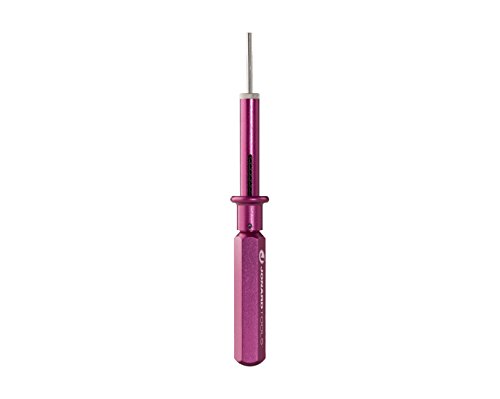My 2 pennies worth...
I see a comparison between induction and microwave. Yes there is some common ground here but also some major differences.
An induction oven heats by Electrical Induction whereas a microwave oven heats by using microwaves. That is a significant difference.
The size of the load determines the frequency in an induction oven, and the frequency has a major impact on the penetration depth of the electrical induction into the material you want to heat. I must admit that I am not sure how the product influences the frequency though.
When using a microwave on the other hand, you are directly exciting the atoms making them move faster and hence getting hotter.
Both systems have trouble penetrating deeply. With an induction oven this is solved by varying the frequency. This can be done automatically. Not 100% sure, but I am guessing that the system tries to find its resonance frequency. This is different for every product and also the amount could have an impact on this. With a microwave you do not have the luxury of tuning during operation as far as I know.
The frequency for induction is in the range of several kHz to 10's maybe even a few 100kHz. With microwave ovens this is more in the order of GHz. 2.4GHz is the commonly used frequency in home microwave ovens. It is not true that this is the frequency that works best on water. There is plenty of microwave ovens that work on different frequencies. 900MHz is a common frequency for magnetrons used in microwave ovens as well.
Induction furnaces are cooled by water running through the coil. But they are also able to produce extremely high power. 10kWh to many MWh
Microwaves can be produced in the range of MWh but I do not know of ovens that do so. These high power ratings are often used in the military. Normally, and what is being talked about in this thread, is obviously the home use microwave ovens for cooking. These are always air cooled with a simple fan behind them. High power units are water cooled, but are very expensive.
And talking about price, the interesting thing about using a microwave oven for gold is the price. A 900W magnetron (the microwave transmitter) costs about $15.00 and the control electronics is between $10 and $15. Or you can take them from an old microwave oven for free.

Regarding safety: Yes we should be careful using microwaves. However, when contained inside a metal box, it is safe as far as radiation goes. Microwaves are not the penetrating kind of waves as we know from x-rays or gamma rays.
Some testing would be great and I am wondering if more power would actually allow to melt more gold as well or simply melt it quicker. It would be easy to set-up an array of 4 of these transmitters on 1 side of the containment box. I have not heard of this being done before, so this should be done carefully the first time.
The good thing is that, much like the induction furnace, you are heating the product and not the crucible containing it. The heated product will obviously heat the crucible, but this way you loose way less energy than when you are heating the crucible and letting the crucible heat up the product which is what is done in a classical furnace.
I am seriously considering this as an option for a lab furnace if (a big if for now. First need to learn an awful lot more...) I am to pursue gold refining. For large amounts as mentioned by others, I would probably use an induction furnace or a gas fired furnace. What I like about electrical furnaces is the cleanliness. It is a lot less unhealthy than a fired furnace. And since both induction and microwave are contained, it will also allow you to fairly easily heat under Nitrogen or Argon.
I personally think that microwaves should be taken seriously.
Joey.





![[5-Yrs Free Data Recovery] Gigastone 256GB Micro SD Card, 4K Game Pro, MicroSDXC Memory Card for Nintendo-Switch, GoPro, Action Camera, DJI, UHD Video, R/W up to 100/60MB/s, UHS-I U3 A2 V30 C10](https://m.media-amazon.com/images/I/41c2At+bojL._SL500_.jpg)




































































